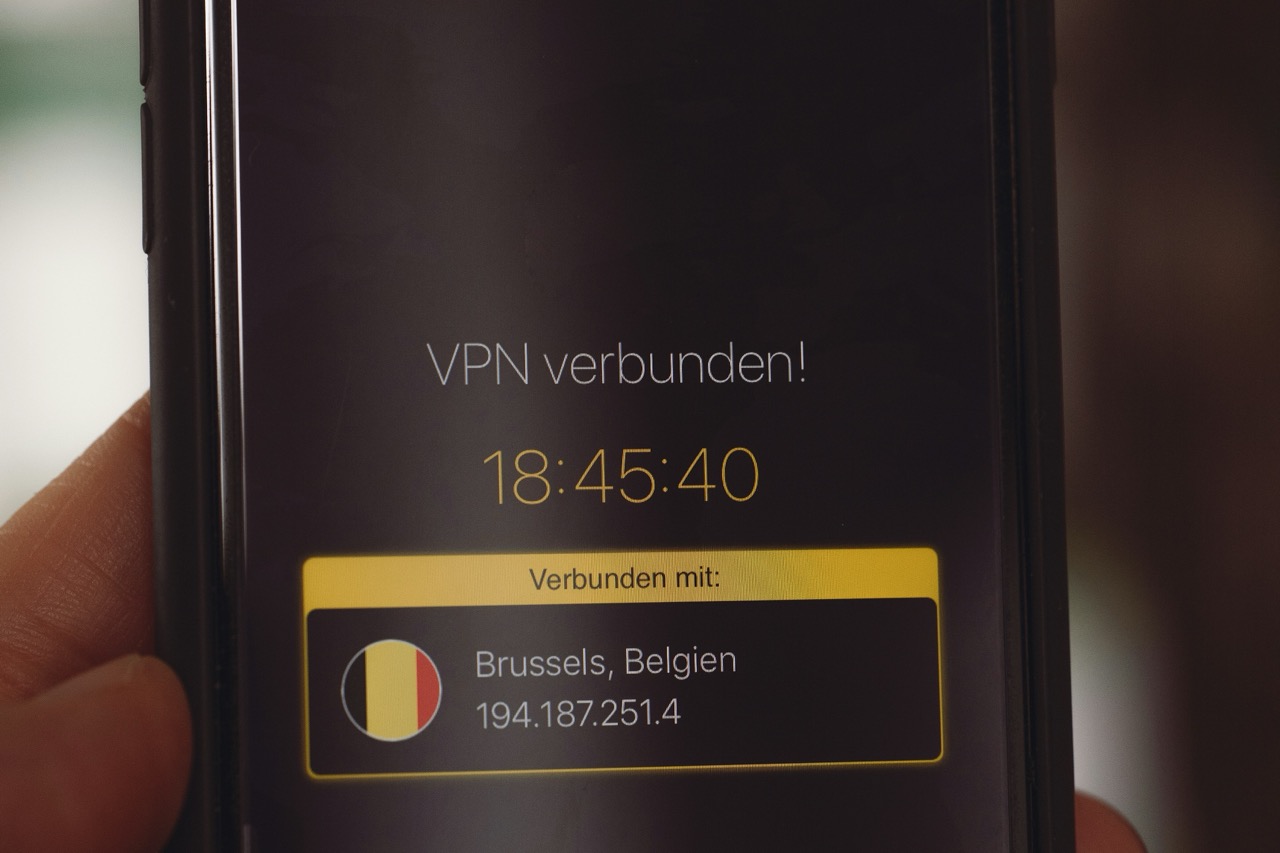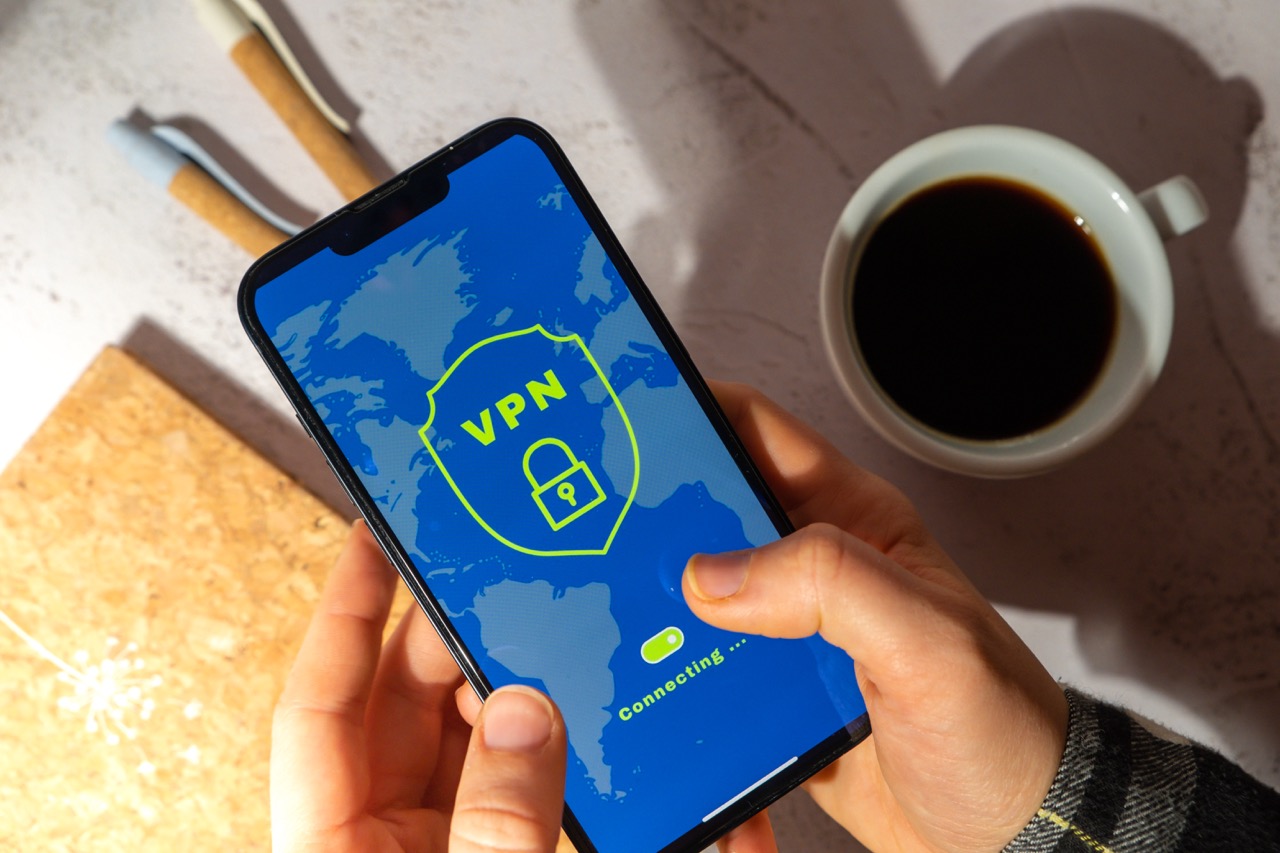In an increasingly digital world where privacy concerns are at the forefront of technology, choosing the right virtual private network (VPN) is essential. Surfshark emerges as a compelling choice, offering a suite of privacy features designed to keep users safe online. This article will guide you through the essential steps to maximize Surfshark’s privacy features. By understanding its architectural underpinnings, configuring advanced settings, leveraging unique functionalities like MultiHop and CleanWeb, and maintaining regular updates and audits, you can significantly enhance your online anonymity and security.
Understanding Surfshark’s Privacy Architecture and Protocols
Surfshark operates on a robust privacy architecture, employing cutting-edge protocols designed for maximum security and efficiency. The VPN utilizes the IKEv2/IPsec protocol, which is known for its speed and secure encryption. This protocol allows seamless switching between networks, making it ideal for mobile users who frequently connect to different Wi-Fi networks. Additionally, Surfshark supports OpenVPN, which is widely regarded for its open-source nature, providing transparency and flexibility while delivering strong encryption standards.
The encryption standards employed by Surfshark are industry-leading, utilizing AES-256-GCM encryption, which is virtually unbreakable under current technology. This encryption not only safeguards your data from potential intrusions but also protects your online activities from being monitored or logged. In addition to encryption, Surfshark incorporates a no-logs policy, meaning that it does not store any user data, further enhancing privacy. This commitment to user privacy is crucial in a landscape where data retention and surveillance are commonplace.
Moreover, Surfshark’s privacy architecture is augmented with features such as DNS leak protection and a kill switch. DNS leak protection ensures that your DNS requests are routed through the VPN when connected, preventing any potential leaks that could expose your browsing history. The kill switch, on the other hand, automatically terminates your internet connection if the VPN connection drops, ensuring that your real IP address remains hidden. Together, these components form a comprehensive privacy framework that users can leverage to stay secure online.
Configuring Advanced Settings for Enhanced Anonymity
To achieve optimal anonymity while using Surfshark, users should explore the advanced settings available within the application. One crucial adjustment is changing the VPN protocol to OpenVPN, which offers additional configurability and security layers. Within the app, users can select the “Protocol” option in the settings menu and switch to OpenVPN for enhanced performance, particularly in regions where internet censorship is prevalent. This setting can help navigate firewalls and maintain a stable connection.
Another essential feature to configure is the “Camouflage Mode,” which is particularly beneficial for users in restrictive environments. This mode makes your VPN traffic appear as regular internet traffic, helping to bypass VPN blocks. Activating this feature is straightforward; simply navigate to the settings and toggle it on. This added layer of stealth is invaluable for users who may be subject to strict online regulations, allowing them to access content freely and anonymously.
Additionally, users should enable the “Whitelist” feature to control which applications or websites can bypass the VPN connection. This can be useful for services that may not function correctly when routed through a VPN. By customizing these advanced settings, users can tailor their Surfshark experience to meet their specific privacy needs, ensuring a higher level of anonymity while online.
Leveraging MultiHop and CleanWeb for Optimal Security
Surfshark’s MultiHop feature allows users to connect to multiple servers in different countries simultaneously, significantly enhancing security and privacy. This feature routes your internet traffic through two or more servers, making it exceedingly difficult for anyone to trace your online activities back to your original IP address. By choosing a MultiHop connection, you increase your anonymity and create additional layers of security, particularly beneficial for individuals dealing with sensitive information or frequent travelers.
Incorporating CleanWeb into your Surfshark experience is another powerful way to enhance security. CleanWeb is designed to block ads, trackers, and malware, which not only improves browsing speed but also reduces the risk of inadvertently visiting malicious websites. To utilize this feature, users can enable it within the Surfshark app, ensuring a cleaner and safer online experience. This dual approach of using MultiHop for anonymity and CleanWeb for protection creates a formidable barrier against cyber threats.
Furthermore, the combination of MultiHop and CleanWeb ensures that users can enjoy a worry-free browsing experience. By eliminating intrusive ads and trackers, users can focus on their online activities without the constant concern of being monitored or having their privacy compromised. This duo not only enhances individual security but also promotes a more enjoyable internet experience by removing unwanted distractions.
Regularly Updating and Auditing Your Privacy Settings
Maintaining optimal privacy while using Surfshark requires regular updates and audits of your settings. VPN providers frequently release updates that enhance security and functionality, addressing potential vulnerabilities and improving user experience. Users should ensure that their Surfshark application is set to update automatically or check for updates manually to stay current with the latest features and security patches. Regular updates are essential for protecting your data against emerging threats and ensuring that you are utilizing the most effective privacy measures.
Conducting routine audits of your privacy settings is equally important. Users should periodically review their configurations to ensure that features such as the kill switch, DNS leak protection, and CleanWeb are enabled and functioning correctly. Taking the time to reassess these features can help identify potential adjustments that may enhance your overall privacy. Additionally, reviewing your MultiHop settings to ensure optimal server selection can help maintain a higher level of anonymity.
Lastly, users should consider conducting an external audit of their digital footprint to understand how they are perceived online. Tools and services that analyze exposure to data breaches or track online activity can provide insight into whether additional measures are necessary. By combining regular updates, configuration audits, and external assessments, users can create a comprehensive strategy for maximizing their privacy while using Surfshark.
Maximizing Surfshark’s privacy features is a multifaceted endeavor that involves understanding the underlying architecture, configuring advanced settings, leveraging specialized functionalities, and committing to regular updates and audits. By harnessing these strategies, users can significantly enhance their online anonymity and security. In a digital environment fraught with potential risks, taking proactive steps to secure your privacy not only protects personal information but also empowers users to navigate the internet with confidence and peace of mind.










